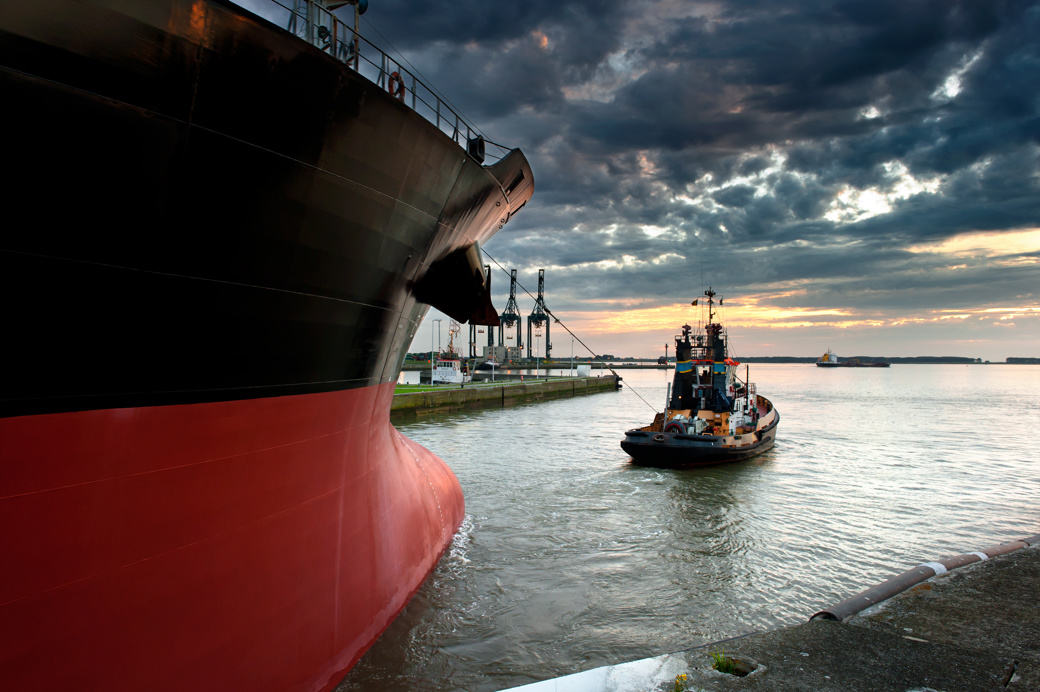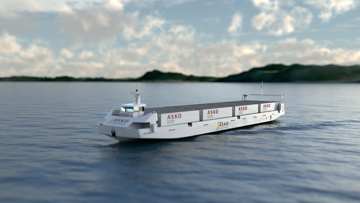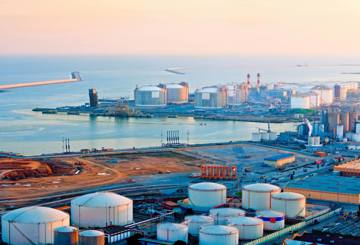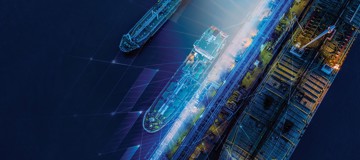
Tugboats that deliver value for decades
In a competitive market facing tough regulations, tugboat owners need to know their investments in new tugs and technology will stand the test of time.
Tugboat companies of all sizes face cost and operational pressures like never before, thanks to globalisation and regulation.
The growth in the shipping industry and global trade over the last 30 years has resulted in ever-larger vessels that need to be squeezed into harbours and port facilities that cannot grow along with vessel size. These ultra large vessels also need to get in and out of harbour faster than ever.
Modern tugs therefore need muscular bollard pull matched with manoeuvring finesse. That puts more strain on crews and deck machinery.
Ports are also under increasing pressure to limit or even eliminate emissions in their operations, and the writing is on the wall.
All these factors will translate into potential restrictions on tugboat operators, even as competitive pressure mounts and diesel prices have become difficult to manage.
Tugboat owners need to know that investments in high tech engineering, either for new vessels or to refit old ones, must stand the test of time. They must be able to meet performance demands and regulatory restrictions for years to come and deliver value over decades.
Kongsberg Maritime has been investing in economical solutions tugboat owners need to survive in a changing market and tougher regulatory environment in the years to come.
Maximising Bollard Pull
Bollard pull is the most important metric for tugboat performance. At Kongsberg, we have been investing in products and production facilities to make sure that our tugboat clients get the power they need with the engineering to guarantee cost-effective operation.
We developed a new nozzle for Azimuth thrusters called PRO-DUCT, which maximises bollard pull for any given level of power.
Our US Azimuth Thruster series has become a mainstay of tugboats worldwide. Over 6000 US-type thruster units have been delivered in the last 50 years. But we have kept up investments in new designs to benefit tugboat operations.
We have developed a new series of US Azimuth thrusters called Permanent Magnet L-Drive (L refers to the shape of the power line) or PM L-drive. This reduces the amount of engineering space required onboard, as the installation height is lower below deck and above the thruster unit.
See our US Azimut Series of PM L-drive thrusters designed for maximum bollard pull.
The lower height requirement onboard means that the thruster can be placed higher up inside the vessel, allowing changes to the hull form, and thus reducing draught. The PM L-drive was designed specifically for our tugboat clients based on feedback from the industry.
We developed our US Azimuth Thruster series with modular design and installation because it is better for upgrades and digitalisation of operations.
The feedback we get from the industry is invaluable and we always look for opportunities to improve our products in a way that benefits our tugboat customers. We developed our US Azimuth Thruster series with modular design and installation because it is better for upgrades and digitalisation of operations.
It means that operators of old-fashioned diesel tugboats can enjoy the benefit of modernisation while keeping operational costs low. Buyers of mechanical tugboats get future-proofed vessels with lower overall lifecycle costs.
Read how Kongsberg Maritime refitted an older fleet of tugs for the future .
The Digital Tugboat
A key element in efficiency and emissions control is harnessing data. Service time, operating expenses, running engines at the right RPM or the strain on deck machinery, are all parts of that equation. At Kongsberg Maritime, we have been developing data driven engineering tools to put critical information in the hands of a tugboat captain and in the records of shoreside staff.
Our experimental work on futuristic projects such as Yara Birkeland and Asko , which were developed with autonomous capability, have helped us develop the kind of digital prowess that can benefit our tugboat clients today.
New tugs can even be built to operate remotely, which means crew can operate the tug from shore. That boosts safety and it also makes it easier to recruit young people into the industry. At Kongsberg, our plan is to offer clients the ability to make their tugboats “Remote Control Ready”, meaning that their tugboats can be converted to fully remote operations in future as needed.
Hybrid Operations and Future Fuels for Tugboats
At Kongsberg, we are investing in the technology our clients need now and in the future.
We are developing hybrid tugboats that reduce emissions by using permanent magnet electric motors and battery systems during low speed/low power operations. The battery-electric system allows a hybrid tug manoeuvrability right down to just 1rpm, while the diesel engines provide the maximum bollard pull when required.
Not only can operators reduce emissions and cut fuel costs, but Kongsberg Maritime can also provide shore support, such as automatic charging, that hybrid tugs need to operate at their peak potential.
“There have been a lot of operational benefits we didn’t expect with the hybrid propulsion system,” says Shawn Bennett, general manager of Baydelta Maritime, a tugboat operator based in San Francisco for over 40 years.
He adds that hybrid tugs’ manoeuvrability at slow speeds is good, and everything can be done at the touch of a button in the wheelhouse, enhancing crew safety in tough conditions.
“After the immediate learning curve that comes with using new technology, we have found this system to be really beneficial.”
Installing Hybrid solutions is just one way for tugboat operators to prepare for the future.
We provide consultation services for our tugboat clients’ fuel and technology needs, outlining the options that best meet operational requirements and financial realities. This work has also given us unique insight into the engineering and economic necessities for tugboats of the future.
Our studies show that pure battery operation offers the most cost efficient, zero emission alternative for harbour tugs.
Kongsberg is also preparing for an entirely electric future on the waterfront, with work already underway on a new class of e-Tugs. These are a natural extension of the work done on Hybrid tugs, and in future, owners and operators will be able to operate all-electric tugboats from shore.
Beyond battery operations, we have found that methanol is a fuel option that offers carbon neutral operations while meeting safety and storage requirements and keeping investment costs low. Renewable diesel (diesel produced from agricultural waste) reduces greenhouse gas emissions by 50% or more with a moderate operational cost increase. It is cheaper than a completely carbon-neutral option with no additional Capex required.
See Kongsberg’s research and conclusions on future fuels.
Kongsberg Extended Fleet Care service helps owners and operators long after the delivery of a new or refitted tugboat, ensuring smooth operations and offering additional fuel and emissions savings. That support covers the lifetime of the vessel.
Kongsberg Maritime’s investments in digital technology, thruster engineering and zero-emission solutions add up to a lower lifecycle cost for tugboat operators that want to come out on top in a new competitive era in port operations.



